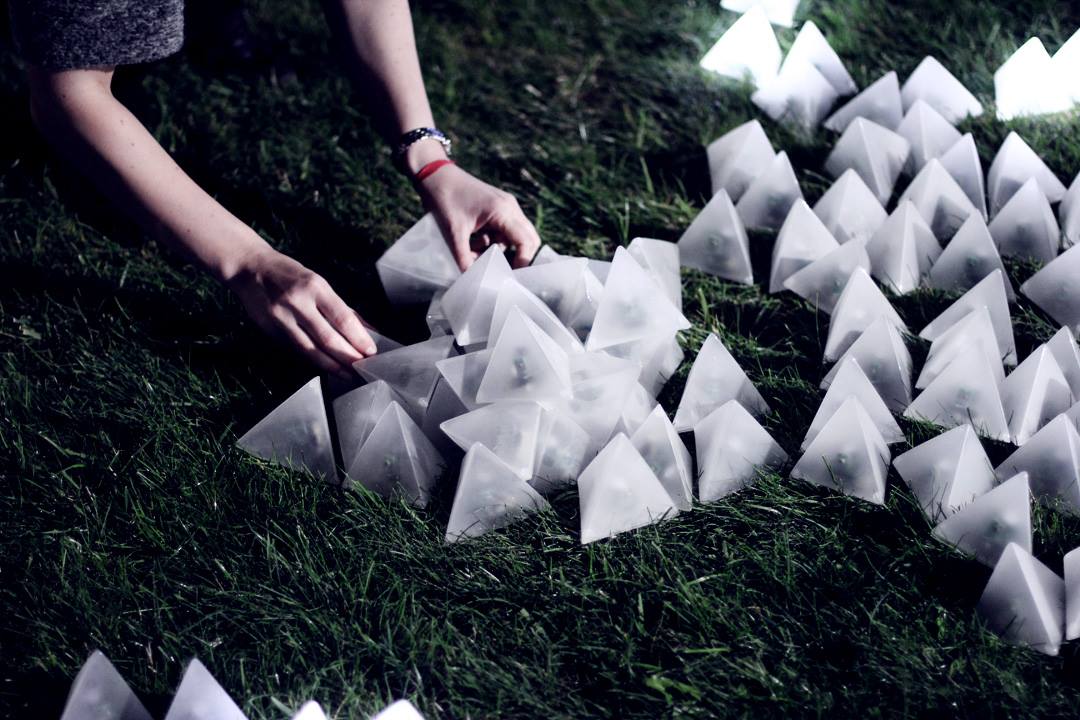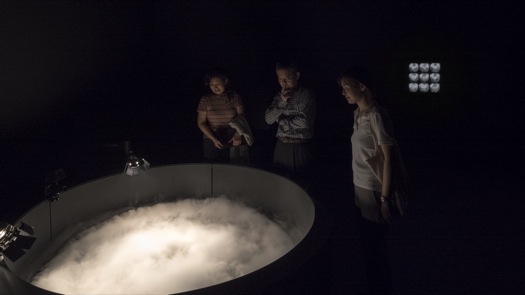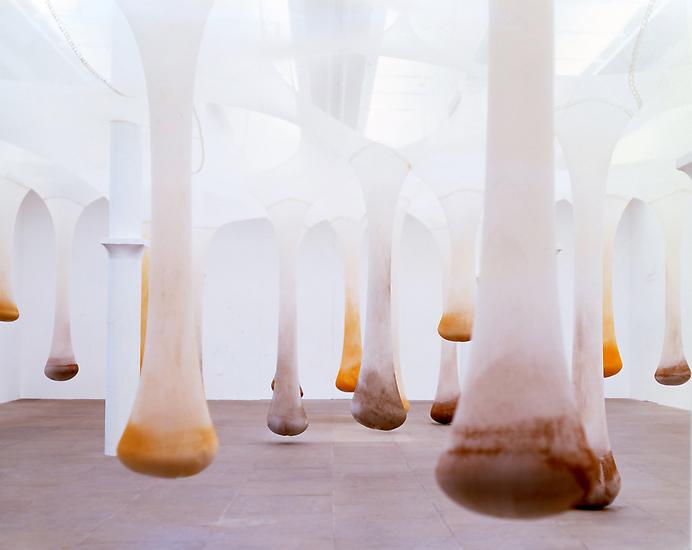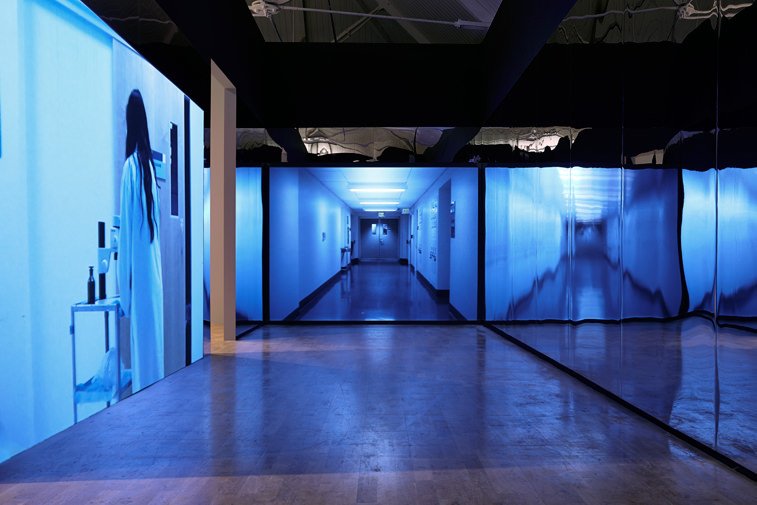David Rokeby - Minimal Object (with Time on Your Hands)
This piece specifically was very interesting to me. It tracks movement and manipulates the data it receives to produce different sounds. I love the idea of abstract physics formulas and the exploration of the unknown, so this piece has a very similar feel as the Schrodinger's Cat problem. The piece plays with both intangibility and tactility, where the piece is present but only truly visible once the viewer interacts with it. I also love the idea of manipulating sound in such a way that it can be perceived and felt by senses other than sight and hearing, and this piece delves a bit into that particular field. It was also unique in that this is one of the few pieces I've seen which peruses interactivity through a medium other than visual stimulation or without using video at all, and I thought that that was pretty interesting.









